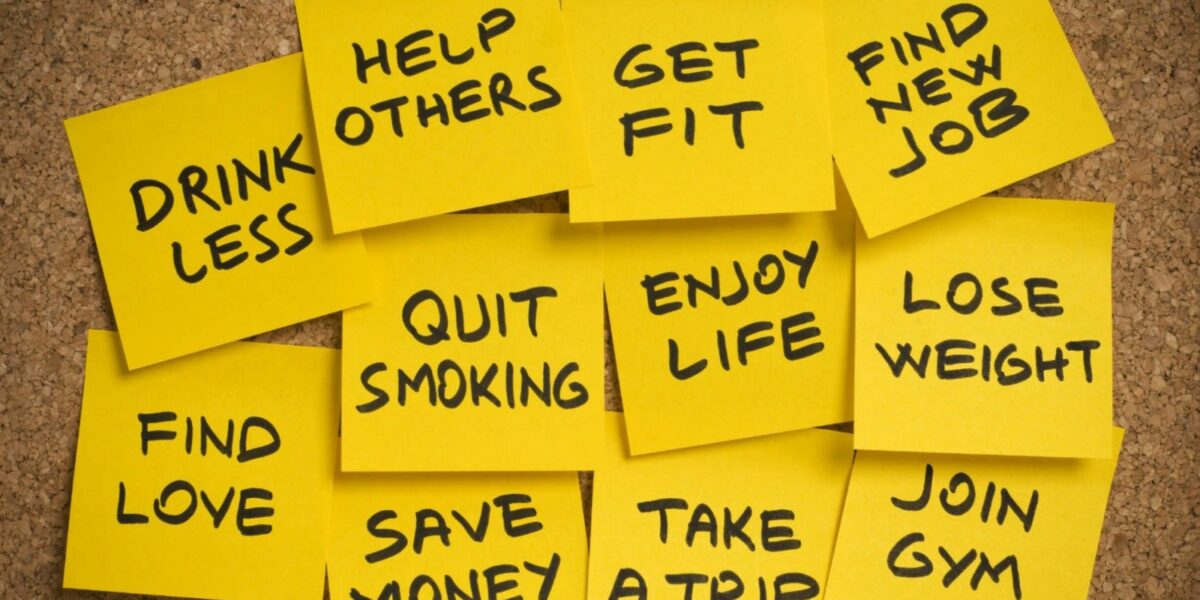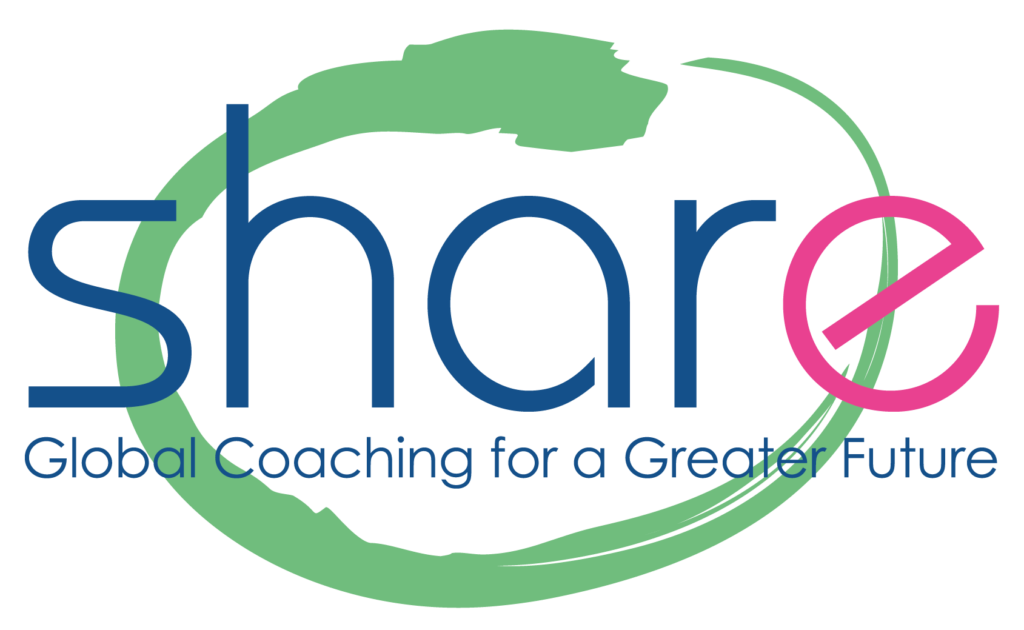This month I would like to recommend an article written by my colleague and friend Maryvonne Lorenzen with whom I co-authored the book “Make the right choices”. Like my January article, it is an in-depth analysis of a problem that often comes up in coaching: “why am I unable to change?”
It is difficult to admit it, yet we are responsible for our inability to change. The purpose of this article is to lead you towards a keener awareness which will in turn improve your self-knowledge and help you verify the existence of the conditions necessary to bring about change. I wish you an insightful reading!
How can we make New Year’s resolutions… And stick to them?
Have you already forgotten your New Year’s resolutions? Yet, at the onset of the New Year, you seemed to be set on keeping them. What happened?
Usually the media suggest ways of carrying out your resolutions. We, on the contrary, advocate looking upstream: how did you choose those resolutions?
In the definition of choice we gave in our book[1], “the exploration of desire and the implementation of an action or inaction in anticipation a benefit which will have a fairly powerful long term impact”, there are three important elements: desire, benefits and implementation.
How do we explain the gap between desire (my aim, my resolution) and the action that we do not implement? How do we explain that certain objectives are easily attained while others don’t go beyond the realm of desire?
1. Exploring desire
Is this what I really want? Losing weight, changing jobs, working out…what is at the root of such wishes? Do I really want to do it or am I being influenced by my environment? Do I wish to do it to please somebody, because it reflects an ideal publicized by the media?
When we read and hear over and over again that sport promotes good health, we may decide to work out: we sometimes take action even before verifying our desire: we enroll in a gym, we buy sport clothes…Then, after a few sessions…it’s over!
The case of Alix perfectly exemplifies this kind of problem. Since her co-workers often describe her as messy, Alix has decided to tidy her desk and organize her electronic files. After a few days of tidying Alix is again overwhelmed by daily work demands and seems to have forgotten her good intentions… Yet Alix is quite capable of being neat…Upon thinking about this problem, she realizes that this good resolution did not reflect her real motivation (she can work quite well in a messy environment and has no desire to tidy up) but rather came from her colleagues’ pressure.
By asking ourselves these questions, we will manage to understand whether we truly feel a certain desire and whether this desire springs from profound motivations. This will enable us to ascertain if the objective we have chosen corresponds to our true self and our values. For example, “working out” is not necessarily our cup of tea and we are convinced that we can use other methods to stay healthy. If our objective does not represent our values and our true self, it will simply be a desire to conform to some outside rules and we will therefore never implement it.
2. Analysis of benefits
Examining benefits expected from a good resolution enables us to take a further step towards the assessment of our objectives. If I start working out, go on a diet, limit the time spent on social networks, what will my benefit or benefits be? Are certain benefits conflicting?
Let’s go back to the case of Alix. Her initial benefit was presumably obtaining her colleagues’ approval and recognition. On the other hand, she realized that “tidying up” did not create any benefit in the organization of her work and that her way of working was very efficient in spite of the apparent messiness. She knew how to find information easily. Through an in-depth analysis of her benefits she understood the benefit that had initially motivated her to tidy up.
Exploring benefits will therefore make us realize what is at stake for us and will increase our understanding of a particular objective, thus helping us decide either to drop it (my benefits will be greater if I don’t do anything) or to bolster it.
We therefore invite you, once you are sure of your desire, to explore the benefits expected from your resolution. Once you are convinced of your desire and of the quality of the ensuing benefits, you are ready to swing into action.
3. Lasting implementation
The obstacles stem from the fact that it is difficult to change our habits. From a positive point of view, habits enable us to gain efficiency when performing repetitive tasks by automatizing certain actions and movements. At the same time these habits are deeply ingrained within us and therefore difficult to change.
What should we do when we wish to change a habit or start a new one? Research has shown the importance of replacement when we want to change a habit that we consider harmful. In each case it is important to be as specific as possible to implement our actions; we must pinpoint the method, the procedures and the possible replacement. We invite you to take time to organize these changes and pay attention to details. If necessary, you should split them into micro-changes.
Going back to Alix, had she decided to become tidier, she could for a start have visualized her objective and approached it step by step. A first step would have been, for instance, to tidy up a specific section of her desk. It is better, in fact, to start by making small changes and stick to them over time. Instead of leaving in a hurry in the evening so as not to miss her train, as was her habit, she could have set aside 15 minutes to clear up her desk and calmly end her work day. Finally, it is important to enjoy small successes, be it the successful attainment of a first step or the compliment of a colleague.
To summarize, once we have a strong desire and have highlighted the benefits deriving from change, we can implement our good resolution with methods and a pace that suit us.
Working on our awareness will enable us to sort things out and concentrate on objectives and/or resolutions that are really meaningful to us, thus increasing our chances of success.
[1] Anna Gallotti and Maryvonne Lorenzen, Make the Right Choices



